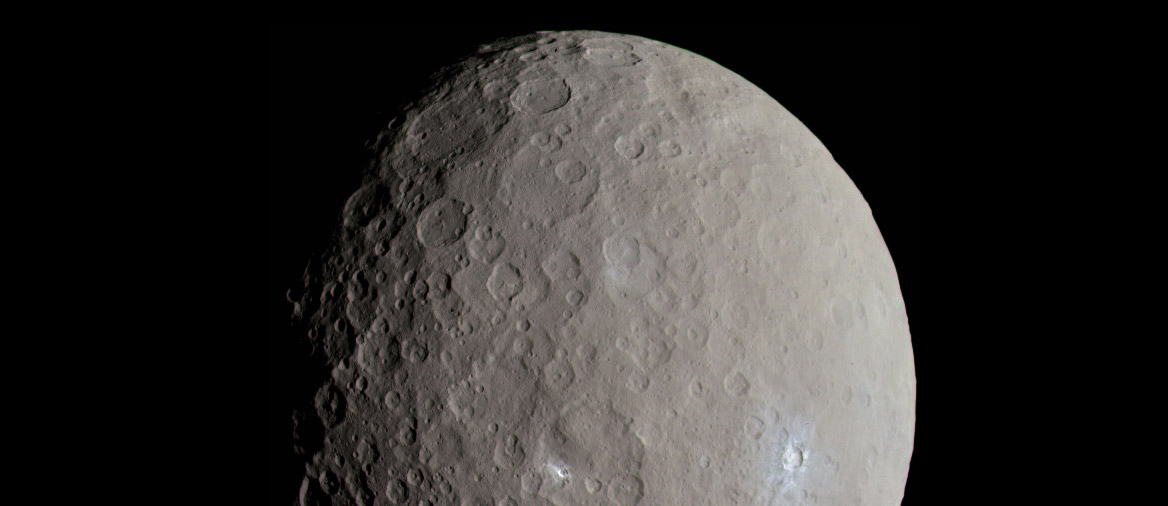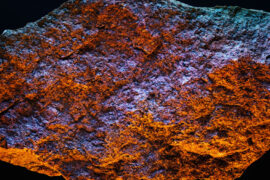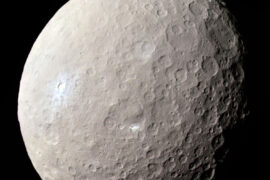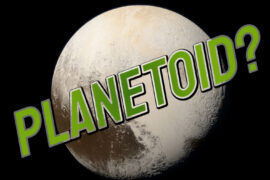Dwarf planets are a very controversial category of celestial objects since 2006 when Pluto was “demoted” from being a planet to a dwarf planet.
And the truth is that the definition of what constitutes a dwarf planet is a bit blurry as there are objects that can be considered both a dwarf planet and an asteroid. For example, Ceres, which is located in the asteroid belt is often referred to as both.
Still, most astronomers agree that there are currently 10 known dwarf planets in the Solar system with another 7 possible candidates that are currently being studied.
There are still no dwarf planets found in other star systems as they are too small to detect.
In this article, we’ll take a look at the list of dwarf planets, their names, and the origin of each of those names.
How are dwarf planets named?
Dwarf planets are some of the few recently discovered objects that still receive proper names. Most newly discovered celestial objects simply receive a scientific designation or catalog number.
The International Astronomical Union, the organization in charge of naming and cataloging astronomical objects allow the people who discovered the dwarf planet to name them. The only rule that must be followed is that they have to be named after creator deities of any culture.
The exceptions to this rule are Pluto and Ceres, which were named before the rules were created.
As for their scientific designations, they can get multiple names depending on how they are categorized at the time of discovery. They also usually get a minor planet designation which is a sequential number that is assigned to all the objects that are too small to be considered a planet and too big to be considered a meteoroid. This includes asteroids, dwarf planets, and other trans-Neptunian objects. For example, the minor planet designation of the dwarf planet Eris is 136199.
Dwarf planet names
Candidate dwarf planets with proper names
The following are dwarf planet candidates that are still being studied before they get officially considered as such. A few of these objects that are highly likely to qualify have received proper names.
These might get renamed if/when they get officially named dwarf planets.
| Dwarf planet name | Location | Other designations | Discovery | Name meaning |
|---|---|---|---|---|
| Varda | Beyond Neptune | (174567) Varda, 2003 MW12 | 2003 | Queen of the Valar, creator of the stars in J.R.R. Tolkien’s books |
| Ixion | Beyond Neptune | (28978) Ixion, 2001 KX76 | 2001 | King of the Lapiths in Greek mythology |
List of names of other celestial objects
If you didn’t find the names you were looking for in this list, try our other lists of names for other celestial objects. Stars and constellations tend to have more interesting names than galaxies.







